Our Dental Services
General Dentistry
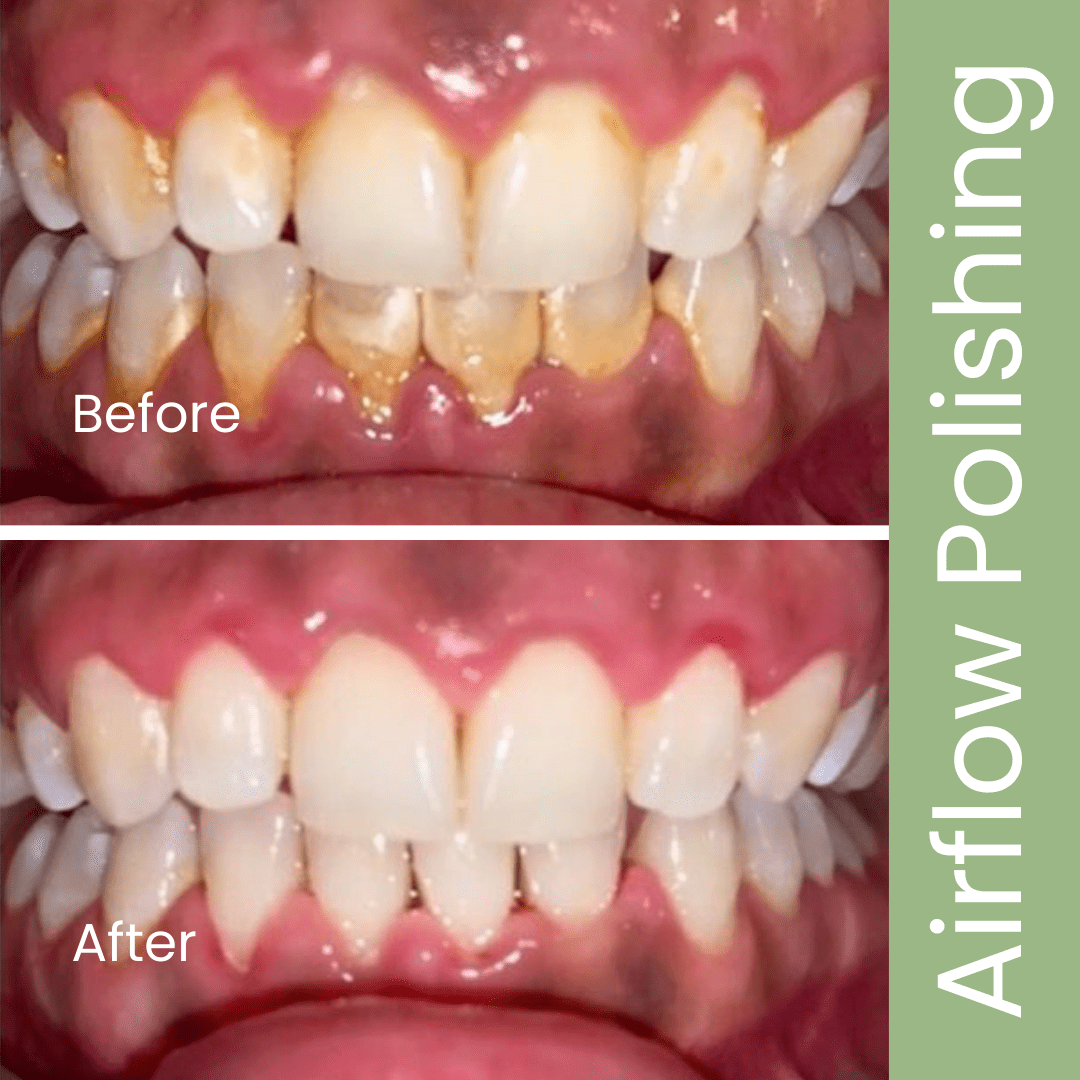
Dental Hygiene at The Dental Team – Manchester
Prevention is always better than cure. A visit to our hygienist will help remove staining, tartar, and plaque – key contributors to gum disease, tooth decay, and tooth loss.
Regular hygiene appointments not only keep your teeth clean but also provide you with expert guidance on the best techniques to maintain healthy teeth and gums.
You don’t need to be registered with a dentist to see our hygienist—you can book an appointment directly at your convenience.
We’re now accepting new Private Hygiene Patients!
Achieve a fresh, clean smile and maintain excellent oral health with our professional Scale & Polish and Airflow Polishing treatments.
Our expert team and state-of-the-art facilities here at The Dental Team Manchester ensure you receive top-quality dental care.
Denplan in Manchester
At The Dental Team Manchester, we offer an easy way to spread the cost of your routine dental treatment monthly through our dental plan provider, Denplan. Denplan offers different plans that best suit your dental needs.
Being a part of Denplan can reduce the chance of receiving unexpected dental bills. Being a Denplan member also offers additional benefits such as supplementary world-wide dental insurance to cover you if you have a dental injury or emergency…

White/tooth coloured fillings
with composite bonding
Dental bonding is a technique that has been used in cosmetic dentistry for many years and can transform a smile in a single visit. The process involves the skilful use of dental composite. Bonding can be used in a variety of ways:
- Filling dental cavities- white fillings
- Replacing metal or amalgam fillings
- Repairing broken and chipped teeth
- Closing gaps between teeth
- Reshaping teeth
- Smile makeovers – composite veneers if suitable
Dental composite bonding is a favoured choice for fillings because the material can be matched to the shade and texture of your own teeth. It gives a much better result than the old amalgam/silver fillings which can look unpleasant when you smile.
Dental bonding is not suitable for large cavities as the material used does not have enough strength when used in a large area.
The filling can be done in one visit.
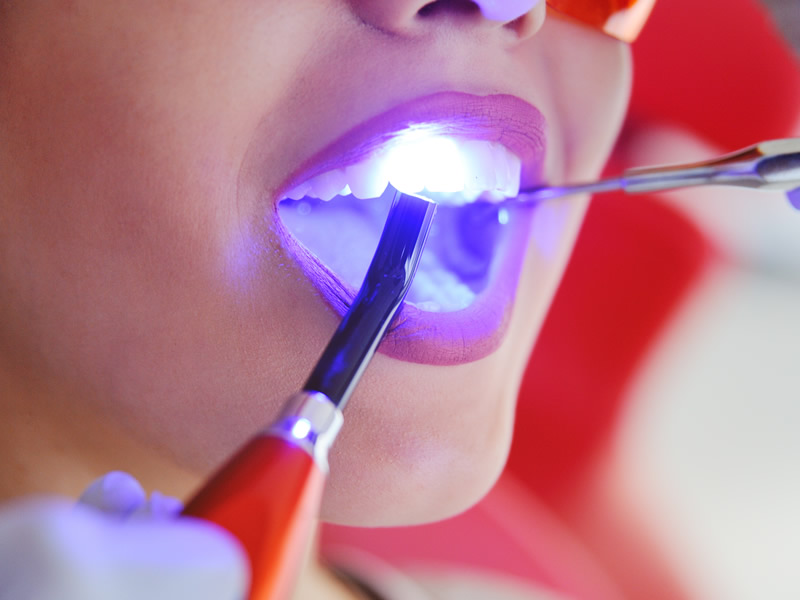

Crowns
A crown, also referred to as ‘a cap’, is an artificial restoration that protects a damaged, cracked or broken tooth. It fits over the remaining part of a prepared tooth, restoring its function and giving it the shape of a natural tooth.
Crowns are bespoke restorations and are made from various materials:
- Porcelain bonded to precious metal: this is the most common type of crown. The precious metal base is made, then layers of porcelain are applied.
- Porcelain: this crown is made entirely of porcelain, but is not as strong as a porcelain-bonded crown. They do look more natural and are the preferred option for front teeth.
- All-ceramic: this technique offers a metal-free alternative. It gives the strength of a bonded crown and the natural appearance of a porcelain crown. It can be used anywhere in the mouth.
- Glass: these crowns look extremely natural and can be used anywhere in the mouth.
- Gold-alloy: gold has been used for many years as a filling material. Modern day techniques combine it with other metal alloys to increase its strength and make it more hard-wearing. They can be gold or silver in colour.
You will need to make two visits to have your crown made. The first visit will involve preparation of the tooth, taking an impression and having a temporary crown fitted.
The crown will be fitted at your second visit.
Bridges
A dental bridge is a false tooth, which is anchored onto neighbouring teeth in order to replace one or more missing teeth. The false tooth is known as a pontic and is fused in between two crowns which act as anchors by attaching the teeth on each side to the false tooth. Thus ‘bridging’ the gap.
The bridge can be made from gold, metal alloys, porcelain or a combination of these materials.
Bridges may be the choice of treatment where there is one or more teeth missing. They are usually recommended for:
- Improvement of your smile and appearance
- Improving your bite
- Improving your speech
- Improving the shape of your face
- Helping to reduce the rate of gum disease and tooth decay, by removing the gap where food can become trapped.
Following your consultation, you will need to arrange two visits. The first to have the teeth prepared, an impression made and a temporary bridge fitted. The second to have it fitted.


Dentures
Dentures are removable replacements for your teeth, designed to look and function like your own natural teeth and surrounding gum tissues. They have been used for many years now.
The loss of teeth can dramatically affect your self-confidence, your ability to chew food, thereby reducing your enjoyment of food, and your bite. Your teeth provide structure to your face, by supporting your cheeks, so tooth loss can cause your cheeks to sag and make you appear older than you are.
When all your teeth are missing, you will need to have a complete denture made, but if you only have a few teeth missing then a partial denture can be used.
Modern dentures can look very realistic and be impossible to tell apart from natural teeth. They can be made from an acrylic resin, chrome or the latest ‘Valplast’ flexible denture.
After discussion with your dentist, it usually takes three appointments to have your dentures made. On your first visit an impression will be taken of your top and bottom teeth. Your second visit will be to try-in the wax denture that is sent from the dental lab. You will be able to alter how the denture looks and ensure you are happy with the shade and shape of the teeth. Finally on your last visit, the denture will be fitted. Occasionally you may need to come back to have the denture ‘eased’.
Cosmetic Dentistry
Dental Implants in Manchester – A long-term solution for missing teeth
Dental implants are a permanent, natural-looking solution for replacing missing teeth. Made from titanium, implants fuse with the jawbone to provide a strong, stable foundation for crowns, bridges, or dentures. Unlike removable dentures, they help preserve healthy teeth, maintain bone structure, and restore confidence in your smile.
At our Manchester clinic, our implant specialist will assess your suitability with X-rays and a CT scan. If implants are right for you, we’ll guide you through every step—from placement under local anaesthetic to your final restoration. Learn more here and get in touch to book a consultation today to explore your options.
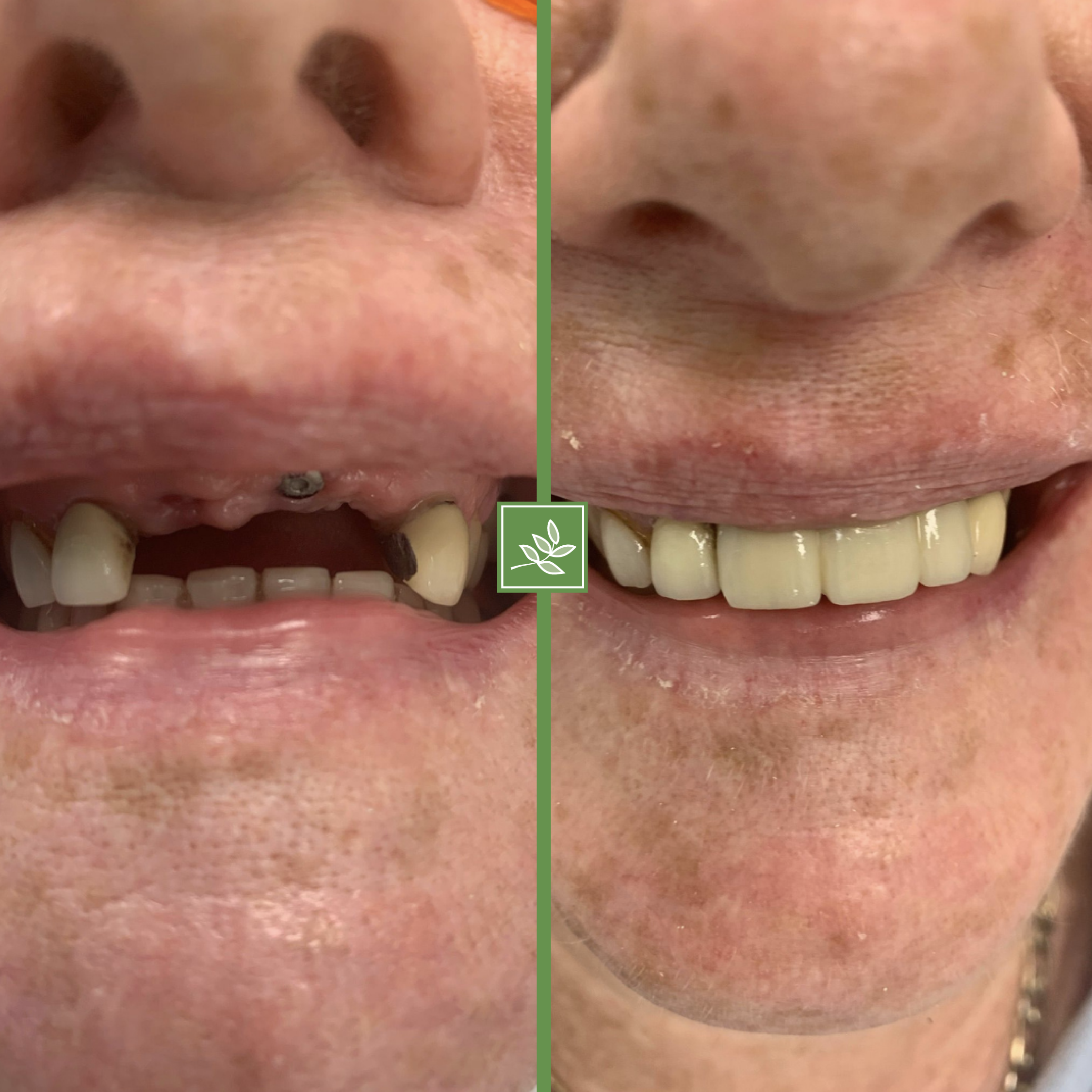
Tooth Whitening
Tooth whitening can be an impressive way of changing the natural colour of your teeth without causing any damage to the tooth surface. It will only whiten natural teeth. Crowns, veneers and other ‘false teeth’ will stay the same colour and will not be affected by the whitening process.
There are many reasons why people choose to have their teeth whitened. Our teeth vary enormously in colour, with very few people having brilliant white teeth. Other factors can affect the colour of our teeth:
- Age
- Staining from food and drink
- Smoking
- Long-term antibiotic use
- Calculus (tarter)
- Small cracks in the surface of your teeth that attract stains
Before undertaking any form of whitening, the dentist will make an assessment to decide if you are suitable and explain how each method works. The active ingredient in the whitening product is Hydrogen Peroxide. Custom-made trays will be made for you to use, during and after your chosen treatment. All this will be explained at your consultation appointment.
Tooth whitening, also referred to as professional bleaching, can be done by one of the following methods:
- Professional home whitening kits
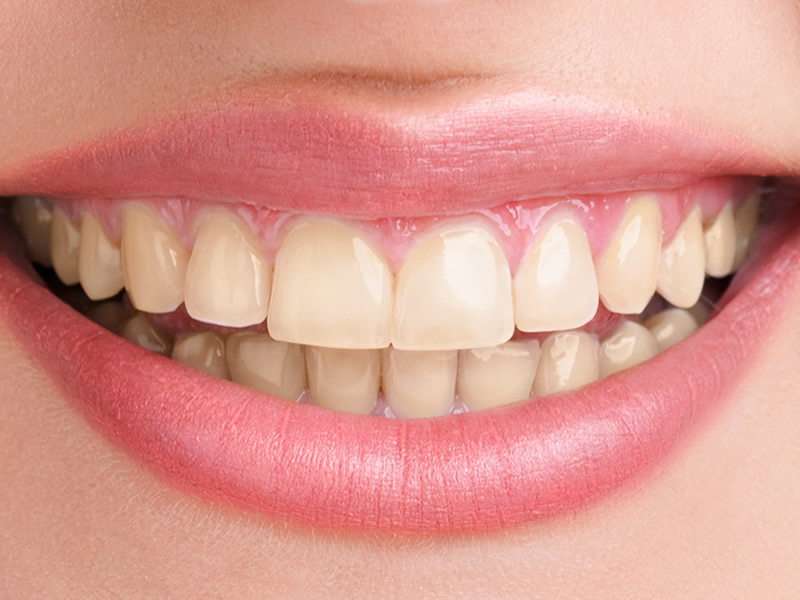
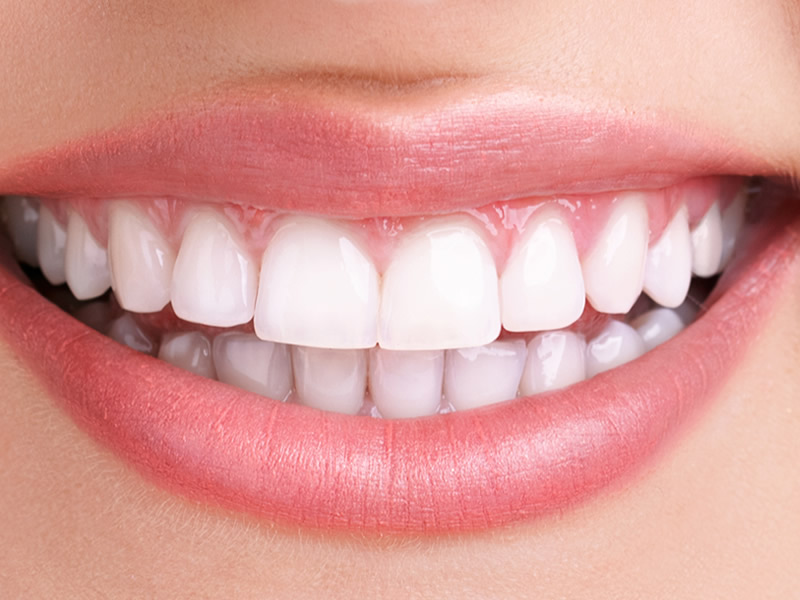
Home whitening
Home whitening or the ‘take home’ method gives results in one to two weeks. Again, you will need arrange one visit. Your dentist will show you how to put the gel into the whitening trays, before placing them in your mouth. They will also explain how often you will need to do this to achieve your desired results. Your aftercare will also be explained.
After your whitening, current thought are that it should last for up to three years. However, this can vary depending on your lifestyle. The results may not last as long if you smoke, or eat and/or drink things that can stain your teeth.
Always ensure that if you are considering any form of tooth whitening it is carried out by a registered qualified dental professional.
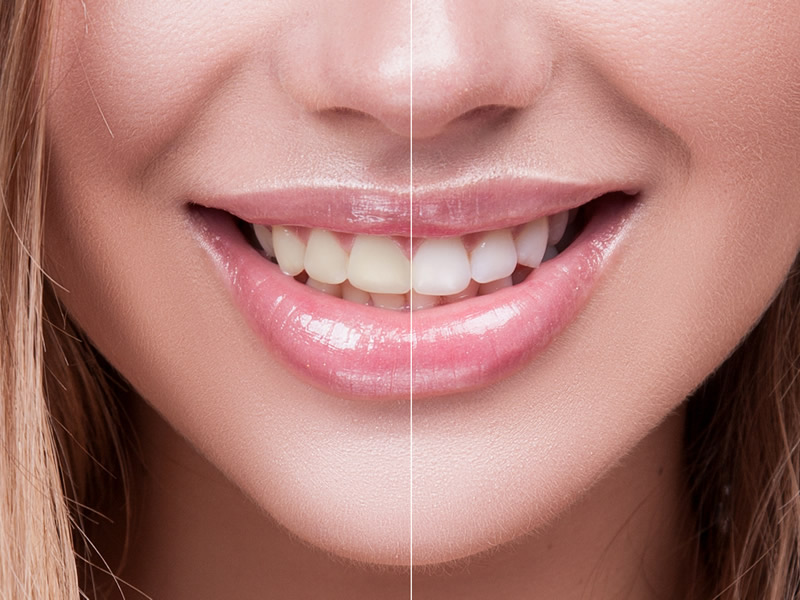
Veneers
Veneers have been used for many years to create the ultimate smile makeover. With instant smile makeovers becoming ever more popular, veneers are the perfect way to achieve this.
They can be used to improve the colour, shape and position of your teeth. They can also be used to cover chipped teeth and unwanted gaps.
Veneers are wafer-thin laminates or shells of tooth-coloured material which make the teeth look healthy and natural. Because they are wafer-thin, they can be held in place with a special bond (similar to super glue). They can be either porcelain, ceramic or composite resin.
Some require very little preparation of the tooth, while others need no preparation at all.
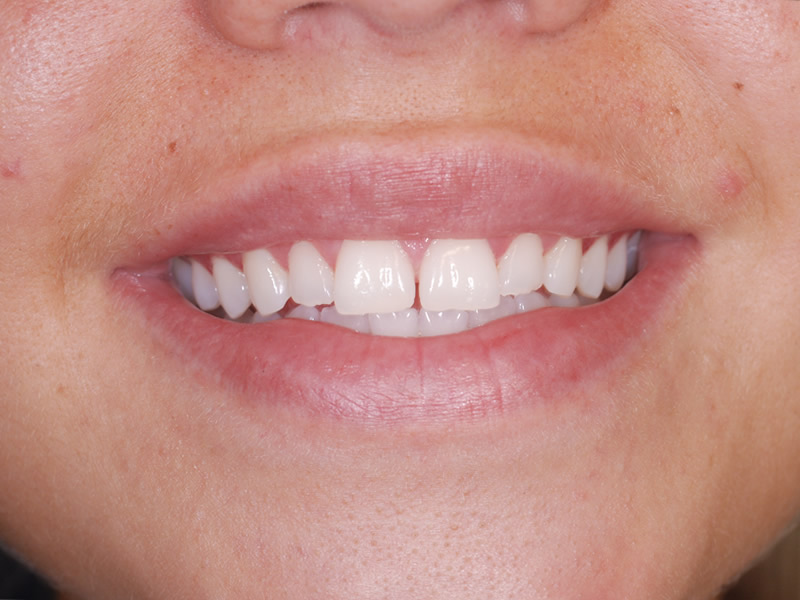

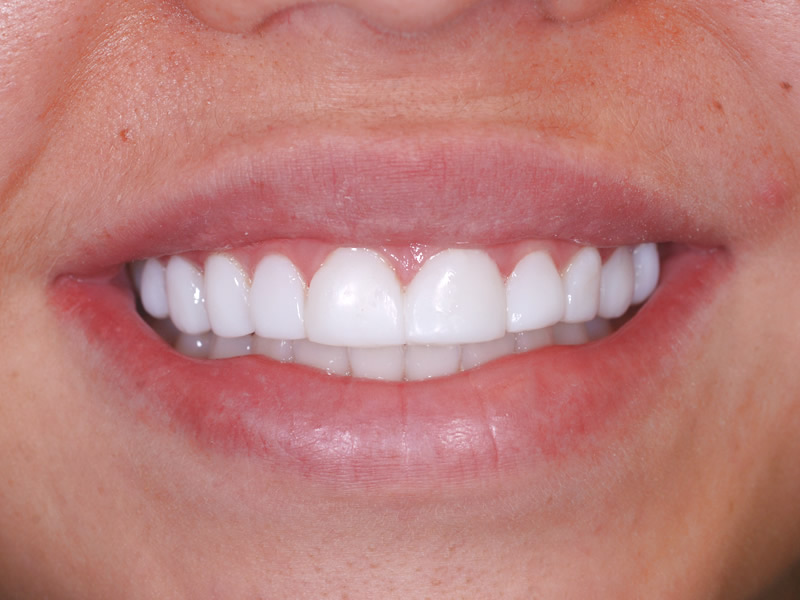
Teeth Straightening


Invisalign
Leaflet
3.1MB PDF
Invisalign
Brochure
6.3MB PDF
Invisalign
Orthodontic or teeth straightening is used to treat a wide variety of dental problems:
- Crowding – teeth to close together
- Spacing – gaps between the teeth
- Overbite – teeth overlap too much
- Overjet – front teeth stick out
- Underbite – lower teeth stick out
- Crossbite – teeth bite on the wrong side of each other
- Openbite – teeth do not meet when biting
- Misplaced midline – centre lines of upper and lower teeth don’t align
A consultation appointment with one of our specialists is your first step. They will spend time assessing you and whether you are suitable for this type of treatment. In some cases, conventional orthodontic treatment is a better option and you will be advised of this.
If you decide to have the treatment, an initial appointment will be made to take impressions and notes to plan your treatment. Photos will also be taken.
Once your brace has arrived, you will need another appointment, usually an hour, to have it fitted.
You will then come back several times over the next few months to have the brace adjusted, as your teeth begin to move. This varies from one patient to another. It is important to maintain excellent oral hygiene while wearing fixed braces and our staff will advise you about this.
Once your treatment has been completed and the brace has been removed, the specialist will decide if fixed retainers or removable ones are needed.